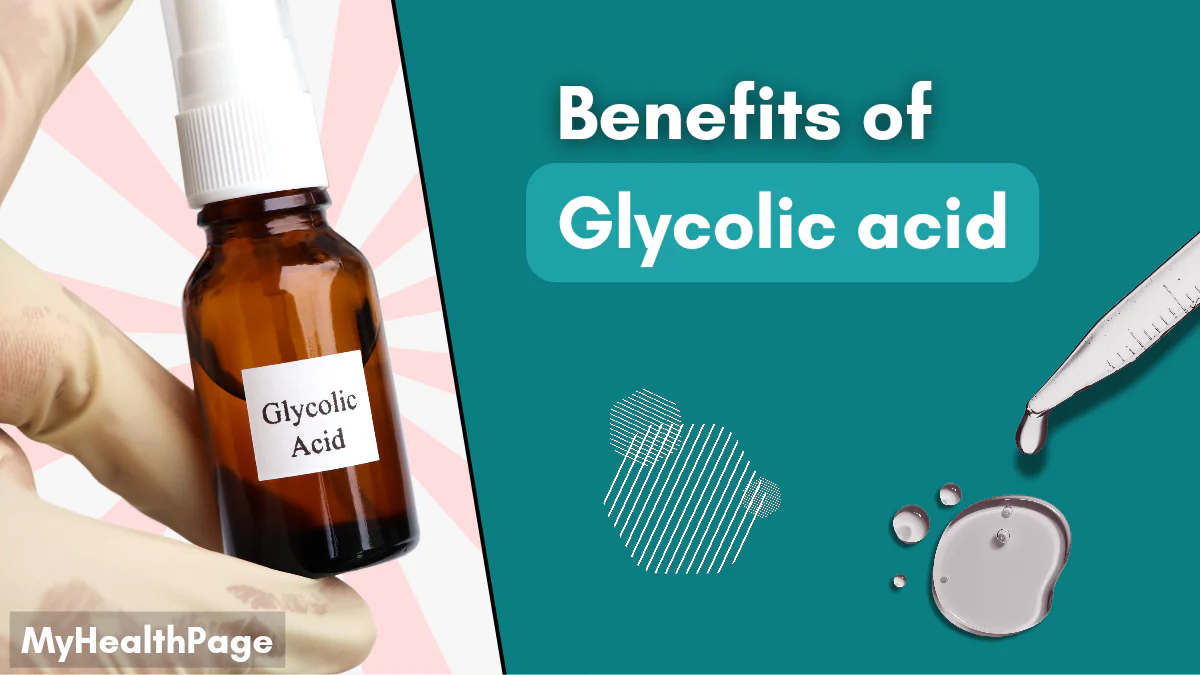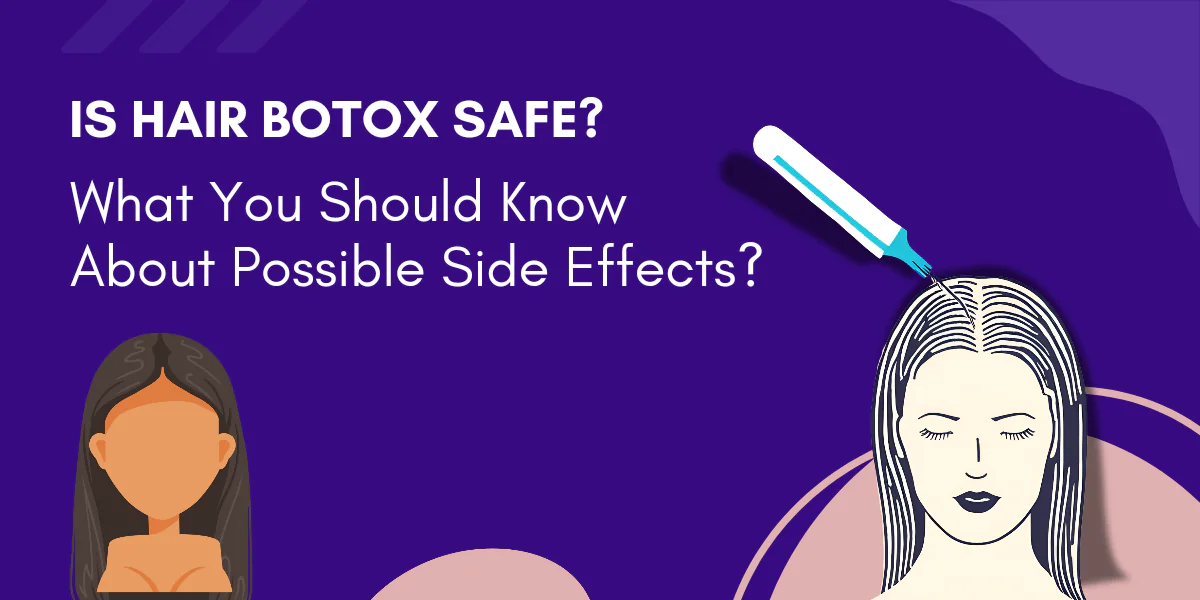Glycolic acid, a powerhouse in the skincare world, offers transformative benefits for those seeking healthier, glowing skin. Derived from sugarcane, this alpha-hydroxy acid (AHA) has gained popularity for its ability to improve skin texture, reduce blemishes, and combat signs of aging. Let’s explore how this miracle ingredient can elevate your skincare routine.
What Is Glycolic Acid?
Glycolic acid is one of the smallest AHAs, allowing it to penetrate the skin deeply and effectively. Its molecular structure makes it a favorite in dermatology, as it exfoliates dead skin cells and promotes cell turnover. With its water-soluble nature, glycolic acid is widely used in cleansers, toners, serums, and chemical peels.
How Does Glycolic Acid Work?
Glycolic acid works by breaking down the bonds between dead skin cells, which promotes exfoliation and reveals fresher skin underneath. It also stimulates collagen production, a critical component for maintaining skin elasticity and reducing fine lines.
Key Actions of Glycolic Acid:
- Exfoliates the outer layer of skin.
- Enhances hydration levels by attracting water molecules.
- Fades hyperpigmentation and acne scars.
Benefits of Glycolic Acid
Improves Skin Texture
One of the primary benefits of glycolic acid is its ability to smooth rough patches. By exfoliating dead skin cells, it creates a polished, even surface. This is especially helpful for those with acne scars, dryness, or uneven skin.
Reduces Fine Lines and Wrinkles
Glycolic acid’s role in stimulating collagen production helps in reducing the appearance of fine lines and wrinkles. Consistent use can give your skin a youthful, firm appearance.
Brightens the Complexion
A dull complexion often results from dead skin buildup. Glycolic acid clears this buildup, unveiling brighter and more radiant skin. It also helps reduce dark spots and hyperpigmentation.
Fights Acne and Reduces Breakouts
As a chemical exfoliant, glycolic acid unclogs pores and minimizes excess oil production. Its antibacterial properties also help keep acne at bay, making it an excellent choice for those with blemish-prone skin.
Promotes Even Skin Tone
Glycolic acid diminishes discoloration caused by sun damage, aging, or post-acne marks. By accelerating skin renewal, it encourages a uniform complexion.
Boosts Hydration
Contrary to popular belief, glycolic acid doesn’t dry out the skin. Instead, it enhances the skin’s ability to retain moisture by strengthening the lipid barrier. Products with lower concentrations are particularly hydrating.
Prepares Skin for Better Absorption
Exfoliating with glycolic acid ensures that other skincare products penetrate more effectively. By clearing away dead cells, it primes your skin for serums, moisturizers, and treatments.
How to Use Glycolic Acid Safely
While glycolic acid offers incredible benefits, using it correctly is essential to avoid irritation.
Choosing the Right Product
- Low Concentrations (5-10%): Ideal for beginners and sensitive skin.
- Medium Concentrations (10-20%): Suitable for regular users aiming for advanced benefits.
- High Concentrations (30% or more): Typically used in professional treatments like chemical peels.
Incorporating Glycolic Acid Into Your Routine
- Cleanse: Use a gentle, glycolic-infused cleanser for daily exfoliation.
- Tone: Follow up with a toner containing glycolic acid to refine pores.
- Serum or Moisturizer: Apply a glycolic acid serum or moisturizer for targeted benefits.
- Sunscreen: Always wear sunscreen during the day, as glycolic acid increases sensitivity to sunlight.
Frequency of Use
- For Beginners: Start with 2-3 times a week.
- For Regular Users: Increase to daily use as your skin builds tolerance.

Who Can Benefit from Glycolic Acid?
Glycolic acid suits most skin types, but certain groups benefit significantly:
- Oily Skin: Reduces excess sebum and unclogs pores.
- Dry Skin: Boosts hydration and eliminates flakiness.
- Aging Skin: Improves elasticity and minimizes wrinkles.
- Acne-Prone Skin: Fights bacteria and reduces breakouts.
Precautions When Using Glycolic Acid
- Avoid Overuse: Too much can lead to dryness or irritation.
- Patch Test: Always test on a small area first.
- Combine Wisely: Avoid using with retinol or other strong acids initially.
FAQs
What is glycolic acid used for in skincare?
Glycolic acid is primarily used for exfoliation, brightening the skin, and reducing signs of aging.
Can glycolic acid be used every day?
Yes, but it depends on the product concentration and your skin’s tolerance. Beginners should start with less frequent use.
Is glycolic acid safe for sensitive skin?
Sensitive skin types should use glycolic acid in lower concentrations and follow up with a soothing moisturizer.
How long does it take to see results from glycolic acid?
Noticeable results can appear within 4-6 weeks of consistent use.
Can glycolic acid be combined with other ingredients?
Yes, it works well with hydrating ingredients like hyaluronic acid but should not be mixed with strong acids or retinol initially.
Does glycolic acid cause purging?
Some users may experience purging, but this is temporary and indicates that the acid is working to clear out clogged pores.
Conclusion
Glycolic acid stands as a versatile and transformative ingredient in skincare. From improving texture to combating aging and acne, its benefits are unmatched. With proper use and consistent care, it can help you achieve the radiant, healthy complexion you’ve always desired. Make glycolic acid a cornerstone of your skincare routine for long-lasting results.
Read Also: Vitamin A Capsule for Hair: Boost Growth and Health Naturally
Medical Disclaimer: This article is for informational purposes only and is not a substitute for professional medical advice. Always consult with a healthcare provider for personalized recommendations.
Further Reading:











